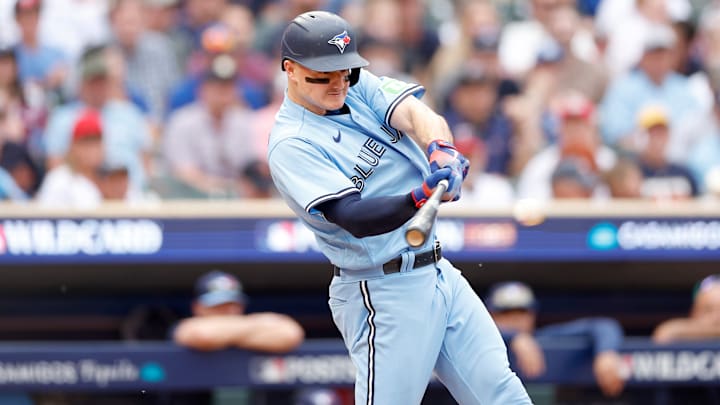What are the pros and cons for the SF Giants in signing a slick-fielding infielder?
The Cons
1. Matt Chapman is represented by Scott Boras
Like most of the few big names left available on the open market, Chapman is represented by the Boras Corporation. Scott Boras is infamous for waiting a long time to get his clients signed, but equally infamous for talking teams into extremely player-friendly deals.
It’s already been well reported that the Giants have had a hard time getting players to accept their money recently, except for fellow Boras client Jung-hoo Lee. The last thing Boras needs is more leverage, and recognizing that the Giants are desperate for recognizable talent could mean that they end up bidding against themselves.
The Giants have a little leverage here too, however, because competition for his services is seemingly drying up. The Blue Jays already made a move to replace him with Justin Turner on a one-year, $13 million deal. The Cubs are the only other big-market club that could be a viable fit for him, and they’re more likely to invest in re-signing Cody Bellinger anyway. Lack of demand can only help the Giants’ chances in acquiring him at a somewhat palatable cost.
2. The cost-benefit analyis of having J.D. Davis on the roster
Davis is already under contract and was worth 2.2 fWAR with a slightly above-average bat last year, so third base is hardly a problem spot. Davis is exactly one day younger than Chapman (they will both turn 31 in April) but will only be making around $6.7 million in 2024, while Chapman will most likely command around $20 million annually for four or five years.
The short-term gains might not outweigh the long-term risk in committing that much to Chapman through potentially his age-36 season (Longoria 2.0, anyone?).
3. Roster surplus of corner infielders
With Davis, LaMonte Wade Jr. and Wilmer Flores accounting for the lion’s share of corner infield/DH at-bats, adding Chapman would probably mean one of that trio would be traded. It is plainly obvious, though, that the Giants need to make meaningful upgrades somewhere in their lineup, and there aren’t too many obvious positions for them to pursue those upgrades.
One of Davis or Wade could be included in a package (maybe along with Bart?) that acquires some shortstop depth, preferably someone who can steal a bag or two. Signing Chapman wouldn’t quite be the cure-all team executives might have you believe, but more moves need to happen with or without him in these last few weeks before Spring Training.
